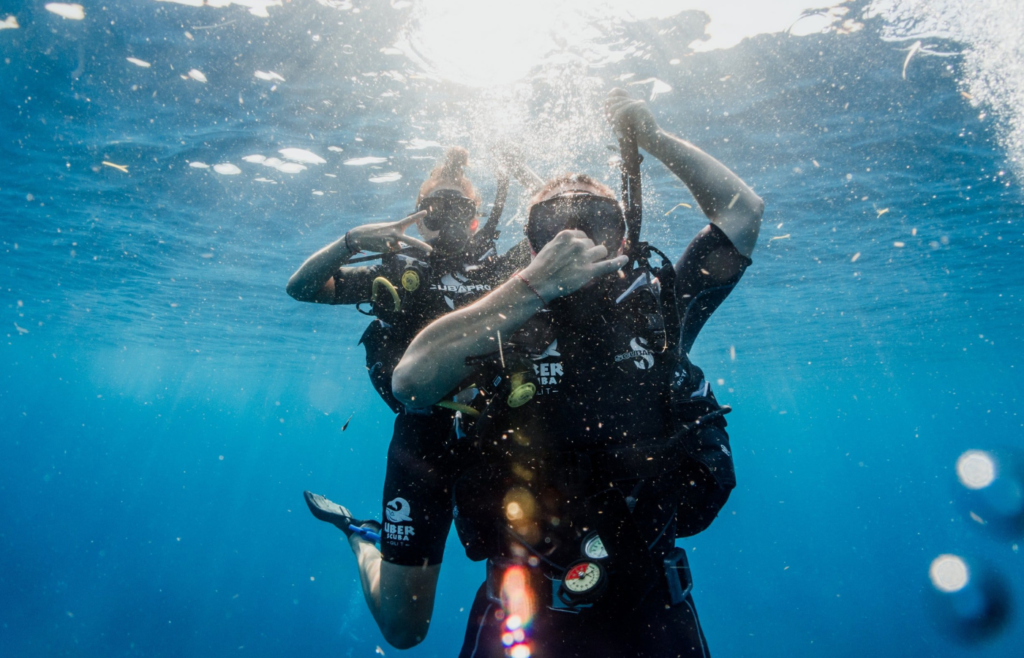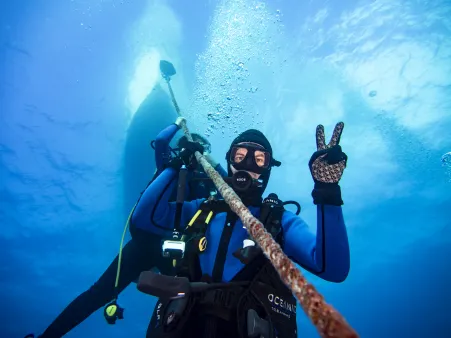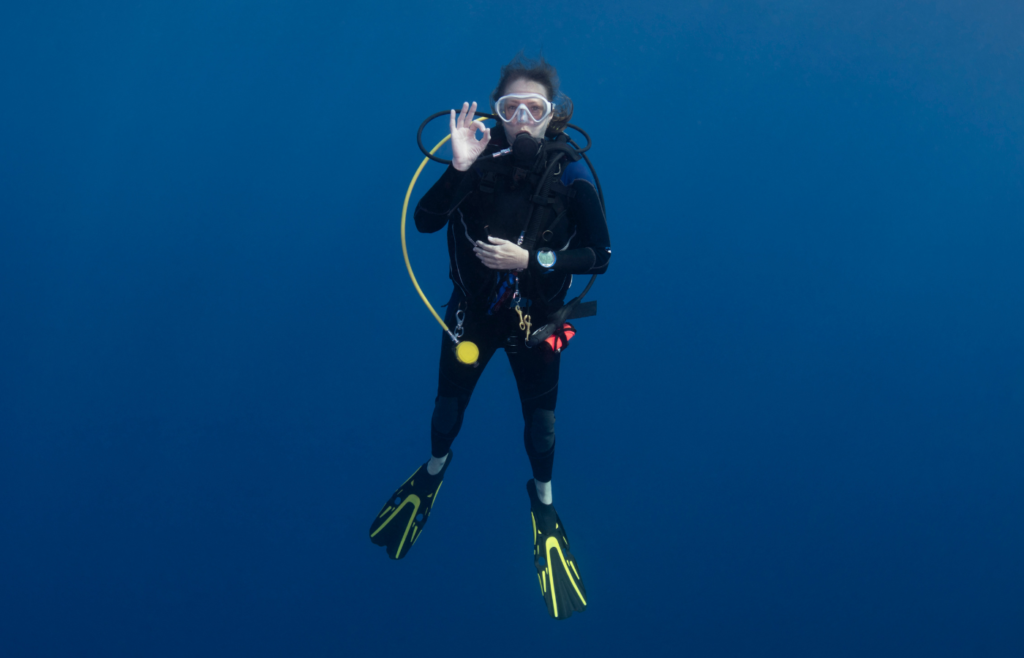Master Equalization for a Smooth Dive
Equalizing pressure in your ears is a crucial skill for all scuba divers, but it can be challenging, especially for beginners. Proper equalization techniques help prevent discomfort and ear injuries as you descend. To make your dives more comfortable and enjoyable, here are ten practical tips to help you equalize with ease.

1. Start Equalizing Early
Begin Equalizing on the Surface
Before you even start descending, gently equalize your ears on the surface. This prepares your ears for pressure changes and makes equalization easier once you’re underwater.
Equalize Often
Make equalizing a frequent practice as you descend. Try equalizing every meter (3-4 feet) rather than waiting until you feel discomfort. This proactive approach prevents pressure from building up.
2. Use the Valsalva Maneuver Correctly
The Valsalva maneuver is a common equalization technique where you gently blow against a pinched nose. Be careful not to blow too hard, as this can damage your eardrums. A gentle, controlled push of air should be sufficient.

3. Try the Toynbee Maneuver
This technique involves pinching your nose and swallowing at the same time. It can be particularly effective when the Valsalva maneuver isn’t working. The swallowing action opens up the Eustachian tubes and helps equalize the pressure.
4. Swallow and Wiggle Your Jaw
Sometimes simple techniques like swallowing, yawning, or gently moving your jaw from side to side can help equalize pressure in your ears. These motions help open the Eustachian tubes naturally.
5. Descend Slowly
Rushing your descent can make equalization difficult and lead to discomfort. Descend slowly and control your buoyancy, giving yourself plenty of time to equalize at each level. This prevents pressure from building too quickly.

6. Use a Feet-First Descent
Descending feet first rather than headfirst can make it easier to equalize because it slows your descent. This gives you more time to focus on equalizing, reducing the likelihood of feeling pressure buildup.
7. Keep Your Airways Clear
Congestion, colds, or allergies can make equalization more challenging. If you’re experiencing congestion, consider postponing your dive. If necessary, consult with a healthcare professional about decongestants that are safe for diving.

8. Try the Frenzel Maneuver
The Frenzel maneuver involves closing the back of your throat (similar to when you’re about to lift something heavy) and then pushing air against your pinched nose. This technique directs pressure to the Eustachian tubes and can be more effective than the Valsalva maneuver for some divers.
9. Tilt Your Head
If you’re having trouble equalizing one ear, try tilting your head to the side with the “stubborn” ear facing upward. This can sometimes help open the Eustachian tube and make equalization easier.
10. Don’t Force It
Never force equalization. If you experience pain or discomfort, stop your descent and try ascending a little before attempting to equalize again. Forcing it can cause damage to your ears, which could lead to serious issues.

Dive Comfortably with Proper Equalization Techniques
Equalizing properly can make a significant difference in the comfort and safety of your dives. By practicing these tips and finding what works best for you, you can reduce discomfort and enjoy a smoother dive experience. Ready to take your diving skills to the next level? Visit Bermuda Diving Center for expert guidance and personalized diving courses tailored to your needs. Dive safe and dive smart! Explore More.





